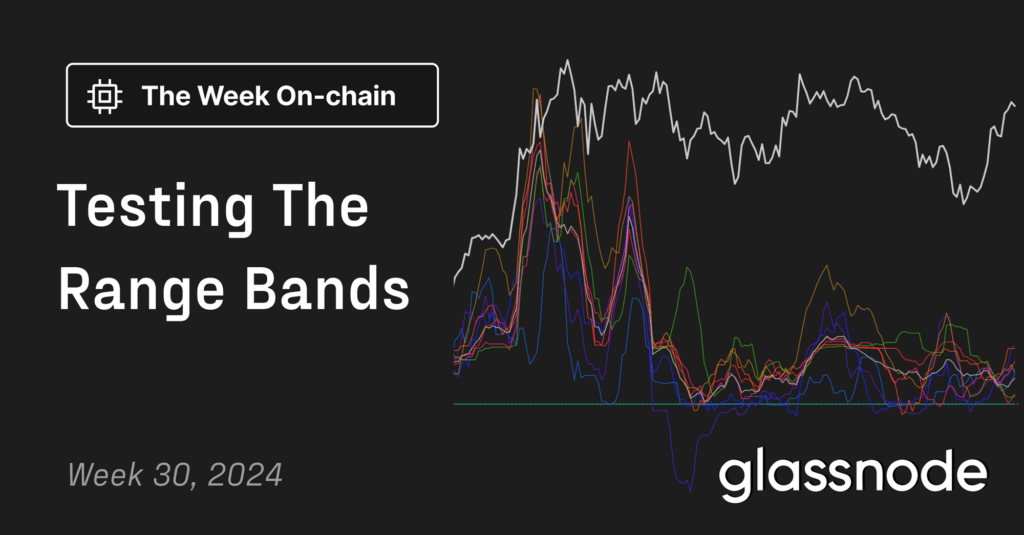Research Summary
The report explores the distribution of Bitcoin ownership, debunking the misconception that a small number of individuals predominantly own large holdings of Bitcoin. It reveals that 74% of Bitcoin owners hold less than 0.01 BTC, and around 40% of Bitcoin ownership falls into identifiable categories, including exchanges, miners, governments, public companies, and dormant supply. The report also discusses the potential impact of the 2024 Bitcoin halving and a potential spot Bitcoin ETF approval.
Key Takeaways
Bitcoin Ownership is Widely Distributed
- Small Investors Dominate: Approximately 74% of Bitcoin addresses hold less than 0.01 BTC, worth around $350 as of November 6th, 2023. This indicates that a significant majority of Bitcoin holders are small investors, reflecting the decentralized, open-source nature of Bitcoin’s technology.
- Large Holders Represent the Many: Most of Bitcoin’s largest holders represent “the many” rather than a few. As of November 6th 2023, each of the top five wallet addresses by Bitcoin holdings are either crypto exchanges or government entities. For example, exchange addresses like Binance and Robinhood represent millions of individuals.
Identifiable Ownership Groups
- Varied Institutional Holders: Bitcoin is held by institutions ranging from exchanges to public companies to major governments. Around 40% of the total supply of Bitcoin can be attributed to identifiable ownership groups, such as exchanges, government entities, public and private companies (e.g., Tesla and Block Inc.), mining companies, ETFs and other publicly-traded funds, wrapped BTC, consumer trading platforms (e.g., Robinhood), and dormant addresses.
Sticky Supply Dynamics
- Long-term Holders: Some ownership categories reflect potentially sticky supply dynamics, meaning owners who take a long-term position on a particular asset. For example, 14% of Bitcoin supply has not moved in 10 years. This portion of supply can be attributed to original coins owned by Satoshi Nakamoto, lost coins or addresses, and decade-long holders.
- Miners and Exchanges: Other ownership groups that indicate relatively sticky levels of supply include miners and exchanges, which account for 20% of total supply (~9% and ~11% respectively). Despite substantial changes in Bitcoin’s price over time, these two ownership groups have historically remained relatively price inelastic.
Impact of Price Inelasticity
- Amplified Demand Impact: In the short-term, relative levels of price inelasticity among Bitcoin owners could heighten the impact of demand-related tailwinds. This can be compared to “low float” stocks in the traditional financial markets. Given the various inactive or price inelastic Bitcoin ownership groups, this dynamic could prove particularly relevant to Bitcoin.
Actionable Insights
- Understanding Bitcoin Ownership: Investors should understand the diverse and distributed nature of Bitcoin ownership. This knowledge can help them make informed decisions about their involvement in the Bitcoin market.
- Monitoring Regulatory Developments: Global political and regulatory developments could greatly impact continued adoption and demand for Bitcoin. Investors should keep an eye on these developments, such as the potential approval of a spot Bitcoin ETF in the US.
- Anticipating Market Dynamics: The dynamics of Bitcoin’s ownership could increasingly amplify the impact of macro events, like evolving global policies and regulation, as well as crypto market developments, like the 2024 Bitcoin halving. Investors should anticipate these dynamics when considering their Bitcoin strategies.












